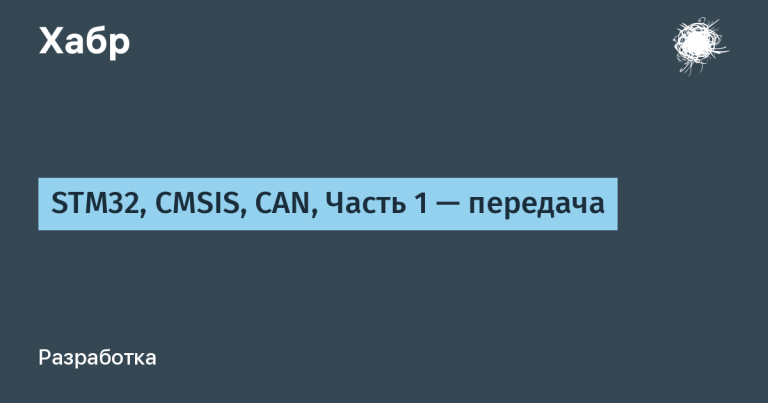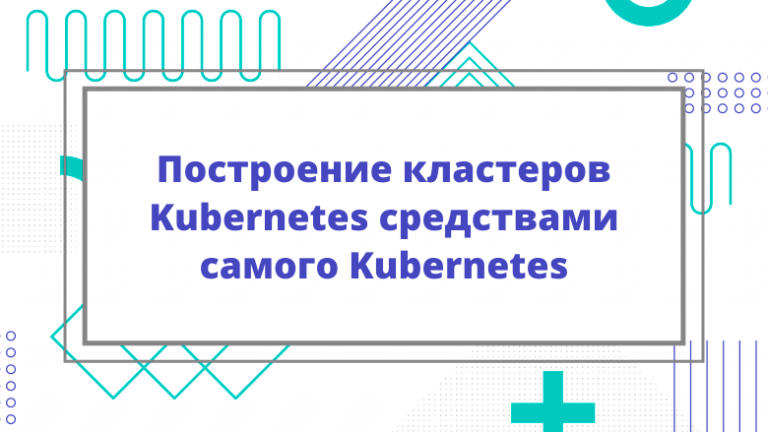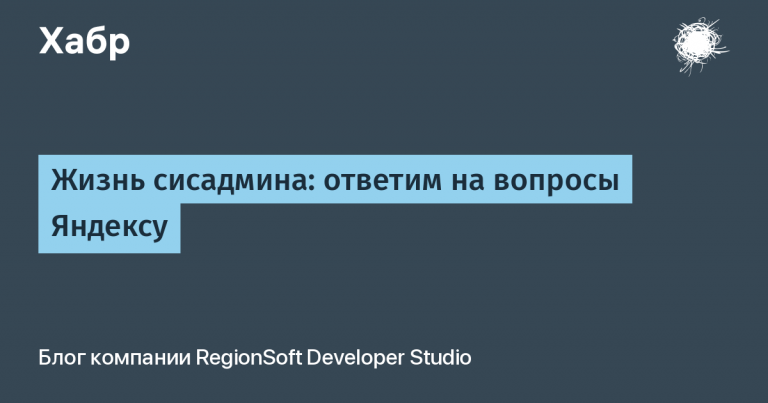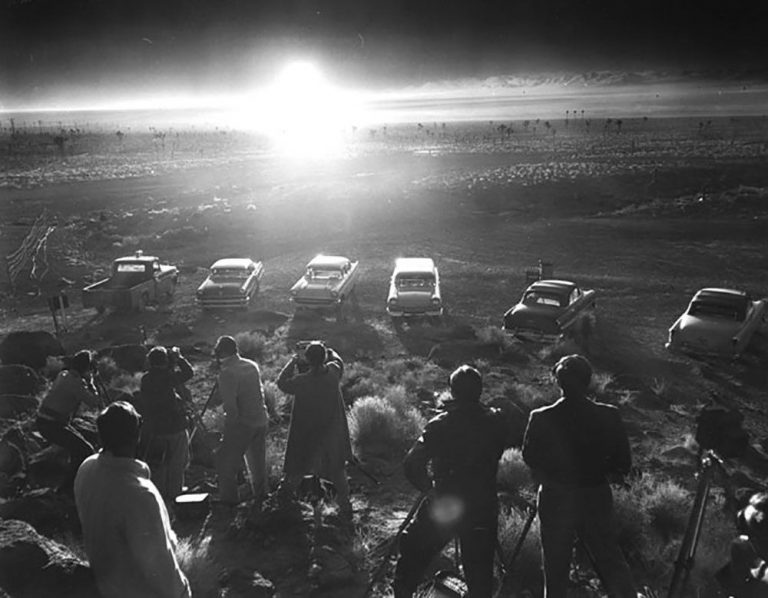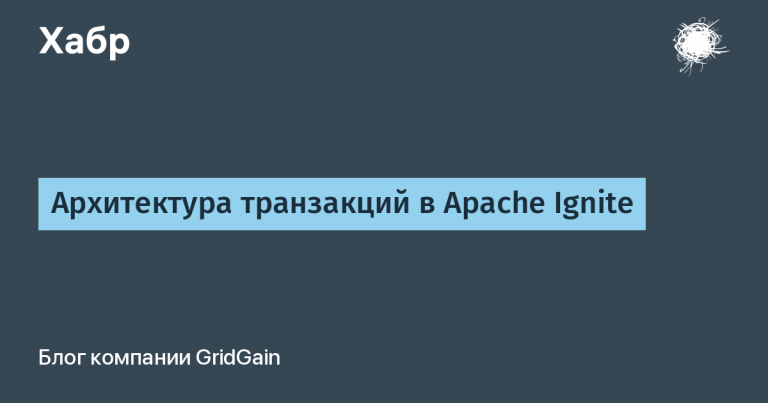Patent analysis of Russian gold miners

Gold prices remain quite high today, and the precious metal itself and shares of mining companies are considered protective assets. At the same time, the sector remains knowledge-intensive and requires significant investment in R&D. What do domestic gold miners patent? We tried to answer this question in our material.
Technologies
Gold mining methods typically include ore crushing, grinding, cyanide leaching and metal adsorption using coal-in-pulp (CIP) or coal-in-liquid (CIL) schemes, desorption, electrolysis (EW) and recovery of gold in solid doré , which, if necessary, is then subjected to affination. Cyanidation is used in 60% of cases due to its relatively low cost and high degree of gold extraction from various types of ores and technogenic materials.
During the gold dissolution step, activated carbon (AC) coarse particles are added to adsorb the gold from the slurry. The AS particles are then collected by the mesh (because they are relatively large and held onto the mesh) while the aqueous solution and fine undissolved ore particles in suspension pass through it. Because AS is brittle, some of the particles are broken during the process, causing them to pass through the screens and end up in the waste rock in the tailings. Because these fine AS particles have a large specific surface area, they capture more gold than fresh coarse AS added to the circuit. As a result, this leads to the loss of gold by the gold mining enterprise.
Russian gold mining has developed operations for the autoclave oxidation of refractory gold ores and concentrates. A significant part of gold in them is in the form of fine inclusions mainly in iron sulfides (pyrite, arsenopyrite), therefore, for the maximum opening of gold grains, almost complete oxidation of the host sulfide minerals is necessary. On the other hand, when processing carbonaceous ores and concentrates, the degree of their oxidation has to be limited in order to reduce gold losses, which, under certain conditions, are formed during the oxidation of gold in an autoclave and its sorption on the carbonaceous substance contained in the ore, due to the so-called pregrobbing effect. Gold sorbed on carbonaceous matter in an autoclave is practically not recovered during subsequent sorption leaching and further into finished products.
Patenting dynamics in 2018-2022 presented in table 1.
Table 1: Patenting dynamics in 2018-2022 inventions and utility models of the Russian Federation in the field of gold mining
Document type | 2018 | 2019 | 2020 | 2021 | 2022 | sum |
Patents for inventions | 7 | 20 | 15 | 28 | eleven | 81 |
Patents for utility models | 1 | 1 | 1 | 1 | 2 | 6 |
Total | 8 | 21 | 16 | 29 | 13 | 87 |
It can be seen that a total of about 100 patents have been issued; patent activity ranged from 8 to 29 units. in year.
JSC Polyus Krasnoyarsk distinguished itself by the greatest inventive activity with 20 patents for inventions (for example, No.2756647 “Thermithiobacillus Tepidarius strain for additional oxidation of elemental sulfur in the residues of biooxidation of sulfide gold-arsenic concentrate” and no.2756086 “Association of microorganisms Acidithiobacillus thiooxidans, Acidiphilium cryptum, Leprospirillum ferriphillum, Ferroplasma acidiphilum for the oxidation of sulfide gold-bearing concentrate”).
In second place is the Khabarovsk Federal Research Center of the Far Eastern Branch of the Russian Academy of Sciences with 14 patents (in particular, No.2774166 and no.2774167). Of particular interest are technical solutions that can be used in the development of natural and man-made high-clay alluvial mineral deposits with a high content of fine and fine gold. True, a number of patents seem to be formal, since they repeat / vary technical solutions, for example, No.2652517 and no.2714417.
Next comes Irgiredmet JSC with 10 patents (for example, No.2749310); the company lived up to its name Irkutsk Research Institute of Precious and Rare Metals and Diamonds. Even before, the Institute received many patents for the extraction of gold from various ores, including clay ones; ores containing natural sorbents; from refractory ores; from technogenic sources (for example, chloride slags from non-ferrous metallurgy).
Active in gold patenting Transbaikal State University with 6 patents. He was just as inventive in the 2000s.
5 patents held by Hydrometallurgy Research Center LLC (affiliated with Petropavlovsk (formerly Peter Hambro Mining). Significant competence has been accumulated in the autoclave leaching of sulfide and arsenic ores, in particular No.2732819 “Method for autoclave processing of carbonaceous gold-bearing concentrates using an additional oxidizing agent”. Most likely, these patents will be bought by competitors along with other intellectual property.
Other large gold producers are inert in patenting technical solutions, and some are distinguished by a certain patentophobia.
One patent for an invention by Uralelectromed JSC (No.2775555), although about 10 patents for the processing of complex polymetallic ores were received in the previous period. More one at Polymetal Engineering.
The topics of patents are presented in Table 2.
Table 2: Topics of Russian patents in 2018-2022 in the field of gold mining
Subject | Residents of the Russian Federation | Foreigners | Sum |
Hydrometallurgy | thirty | 2 | 32 |
Bioleaching | 4 | 2 | 6 |
Heap leaching | 6 | 0 | 6 |
Sand washing | 6 | 0 | 6 |
Pyrometallurgy | 4 | 0 | 4 |
Underground leaching | 4 | 0 | 4 |
Placers | 4 | 0 | 4 |
Enrichment | 4 | 0 | 4 |
Sorption | 2 | 2 | 4 |
Autoclave | 3 | 0 | 3 |
zinc carburizing | 3 | 0 | 3 |
Grinding | 2 | 0 | 2 |
Bromination | 0 | 1 | 1 |
USUTP | 1 | 0 | 1 |
deep burial | 1 | 0 | 1 |
Other | 6 | 0 | 6 |
Source: author’s selection based on FIPS
The most valuable inventions seem to be for the extraction of gold-bearing materials from complex-structured deep deposits; separation of fine and immured gold; purification of gold concentrates from poisons (arsenic, mercury, tellurium).
As an example of the first direction, it is worth citing the patent of the Russian Federation No.2716536, fixing new methods of borehole leaching of gold from complex-structured deep-seated placers. The patent holder is the Khabarovsk Federal Research Center of the Far Eastern Branch of the Russian Academy of Sciences mentioned above. The methods include drilling wells, supplying activated leaching solutions through them to the productive formation, collecting productive solutions, subsequent sorption extraction of gold from productive solutions, preliminary formation of drainage workings, local extraction of gold-bearing mineral mass from rich zones.
The general method of extracting immured gold is the radical disintegration of solid material with the release of gold microparticles. So, according to utility model No.209676 (Yakutsk Scientific Center of the Siberian Branch of the Russian Academy of Sciences) proposed a centrifugal conical grinder with an isometrization zone of malleable particles. This grinder allows you to increase the efficiency of the destruction of the material due to the delay of the crushed material, and the disintegration in the inventive installation occurs not due to dynamic impacts, but due to shear and adhesion of geomaterial particles of oppositely rotating working bodies. This achieves the efficiency of disintegration as a whole.
Mercury problem
Mercury is an undesirable element found in many underground sources of raw materials for the gold mining and petrochemical industries. Its presence creates problems for both industries due to environmental and corrosion concerns, especially in the petrochemical sector. It is desirable to remove mercury selectively, without accidentally removing gold during the gold mining process. The most popular methods are selective sorption of metals from cyanide pulp on organic sorbents and subsequent selective desorption of gold and mercury.
So, LLC “Research Center “Hydrometallurgy” patented No.2759390 a method for processing gold-mercury cyanide solutions, which includes joint sorption of gold and mercury on an ion-exchange resin, after which sequential desorption of mercury from the resin and gold from the resin is carried out. As an ion exchange resin, a weakly basic Purogold S992 ion exchange resin is used. Mercury is desorbed with a solution containing NaCN 15-25 g/l and NaOH 3-10 g/l at a temperature of 15-25°C for 4-12 hours.
According to RF patent No.2748350 Sixth Wave Innovations Inc. (USA) proposes selective sorption on a molecularly impregnated polymer (MIP), which has a significantly improved affinity for the target molecule, which is desirable to be removed from the process stream.
In a particular embodiment, the MIP pellets of the present invention are useful for selectively separating metals such as mercury from mining process streams. Mining of such metals typically involves crushing gold and/or silver ore (containing mercury impurities) and then extracting the metal from the crushed ore with concentrated cyanide solutions. Due to the toxicity of mercury salts, it is desirable to selectively remove them without affecting the yield of precious metals (gold and silver). For the extraction of metal salt anions from aqueous solutions, polymeric ligands have been synthesized, for example, 4-vinylbenzyl-tri-nbutylammonium chloride and other cationic ligands described herein.
conclusions
In general, patents for inventions of the Russian Federation for 2018-2022 demonstrate a fairly wide arsenal of methods for processing gold-bearing sands / placers, ores (including polymetallic, copper, nickel-cobalt, etc.) and technogenic sources. Most concern hydro- and pyrometallurgy, underground and heap leaching, autoclave and biotechnologies, sorption processes on activated carbon and impregnated polymers, carburizing with zinc and aluminum. At the same time, gold was transferred into solution in the form of cyanides, thiosulfates, complex compounds with chlorine, bromine and iodine.
This vast arsenal will most likely be in demand in 2023-2030 to some extent. due to a significant deterioration in the explored mineral resource base of the Russian Federation, in the context of a steady increase in demand for gold in the world, primarily from many Central Banks and long-term investors, in line with the unstoppable de-dollarization of the world economy.
We will talk about computer programs and databases of Russian gold miners in our next article.
About the service Online Patent
Online Patent is the number 1 digital system in the Rospatent rating. Since 2013, we have been creating unique LegalTech solutions for the protection and management of intellectual property. Register in the Online Patent service
and get access to the following services:
Online registration of programs, patents for invention, trademarks, industrial design;
Submission of an application for inclusion in the register of domestic software;
Options for accelerated registration of services;
Free search in databases of patents, programs, trademarks;
Monitoring of new applications by criteria;
Online support of specialists.
For more articles, analytics from experts and useful information about intellectual property in Russia and the world, look at our Telegram channel.
Get a discount of 2000 rubles on your first order. More details in the pinned post..
